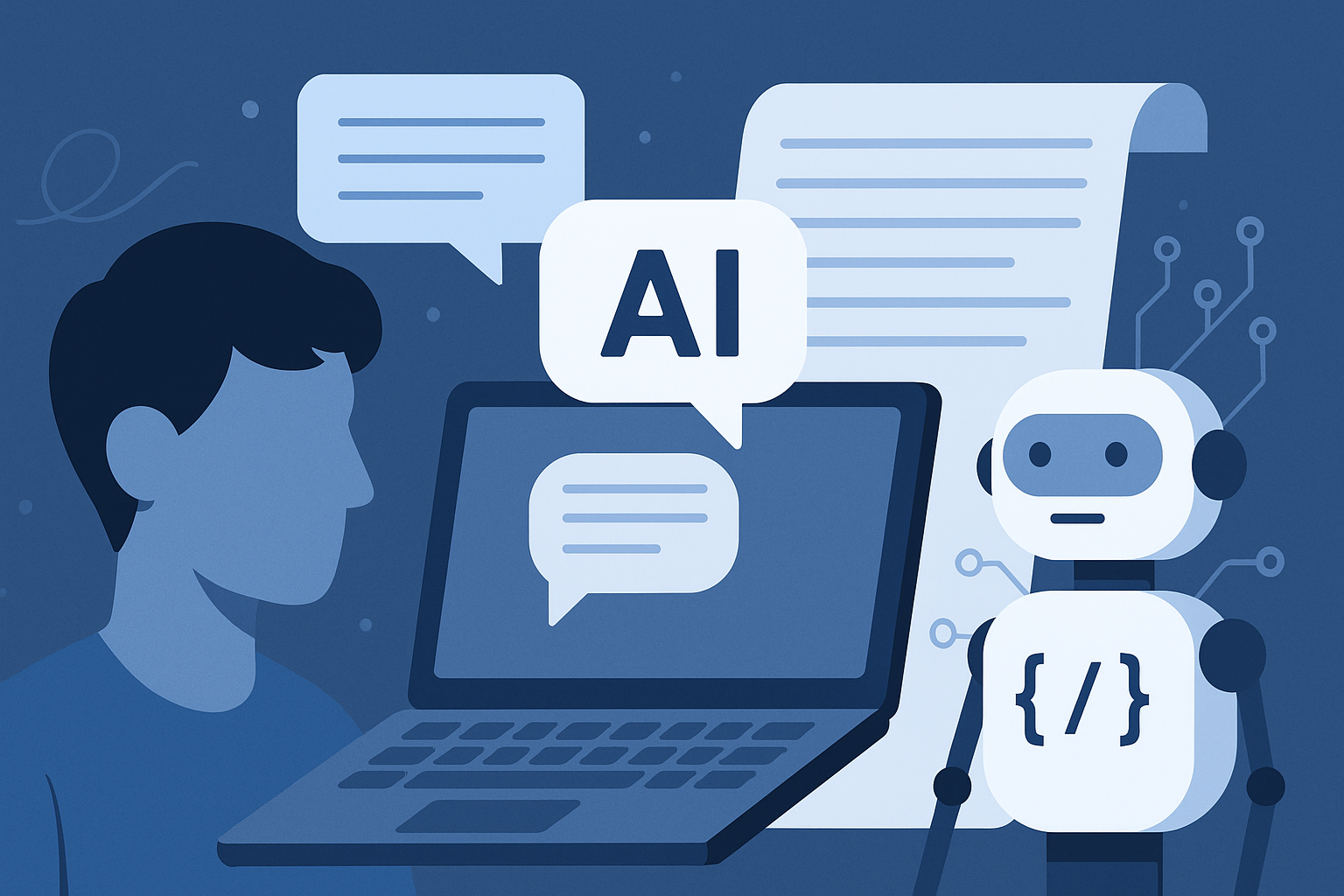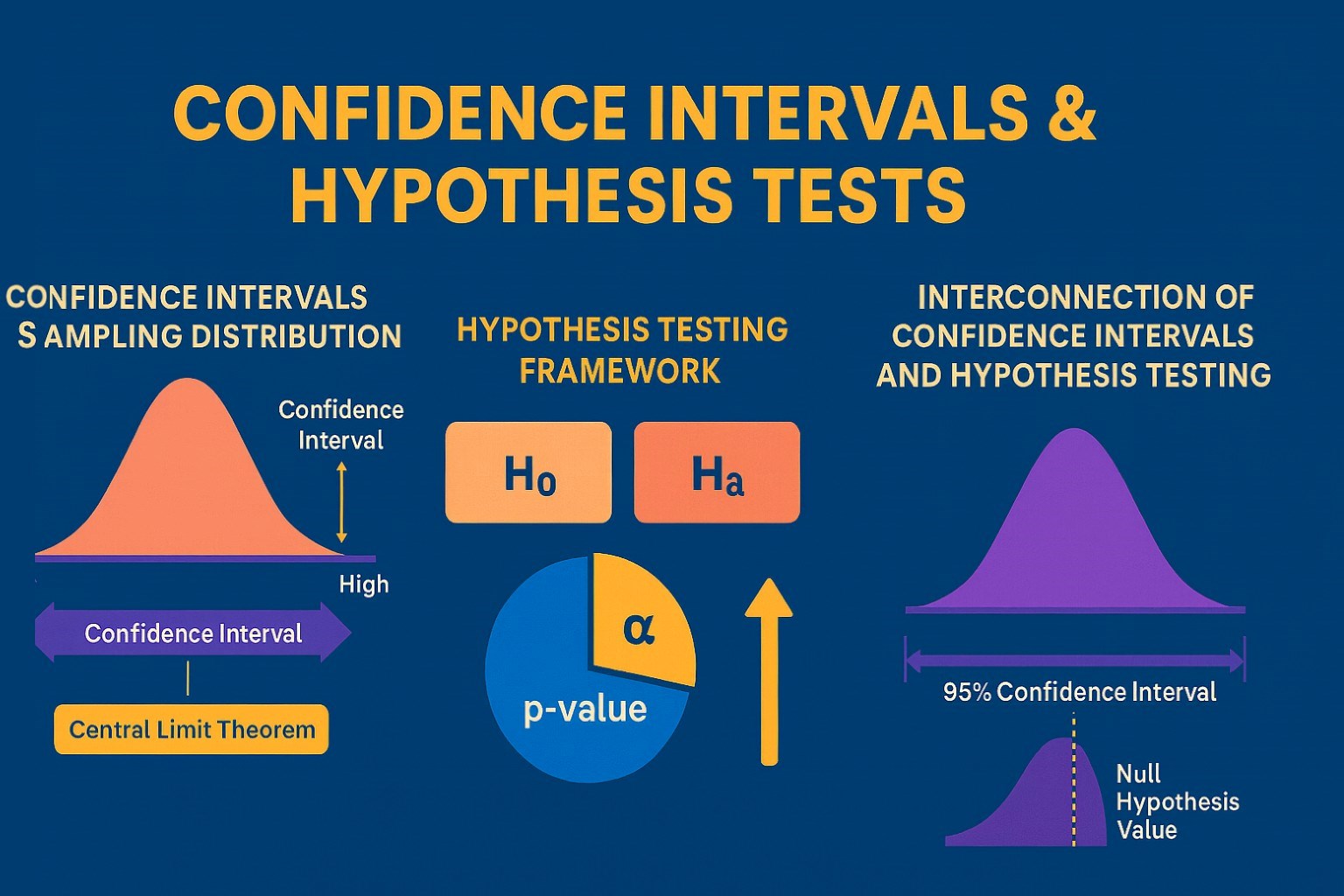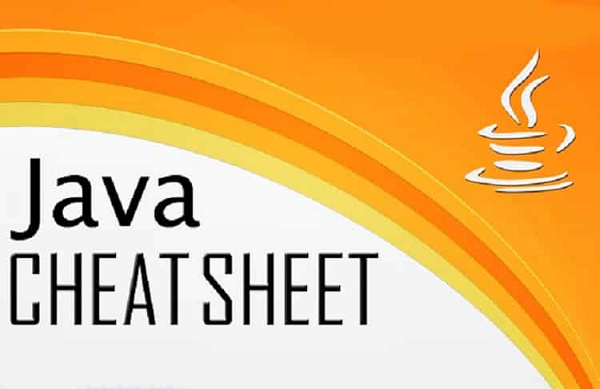Why the future is poised to be the era of Java enabled IoT
In 1995, James Gosling did the computing world a huge favor: he introduced Java as a core component of Sun Microsystems. Ever since the digital world has changed a lot. But, Java still continues as a platform that is unrivalled by other programming languages. In fact, studies conducted by Jelastic in May 2015 revealed that 56.80% of the world’s programmers still use Java than other languages like PHP, Python, Ruby, NodeJS, etc.

From being just another programming language in college to lingua franca of the computer industry, Java has now evolved into a reliable operating platform that will not fade out with time. The recent release of Java SE8 to make it compatible to the requirements of Internet of Things only assert the significance that Java will have in shaping the future world.
The oncoming days of IoT
What is IoT? Simply put, IoT stands for Internet of Things. It is a futuristic technological concept that will bridge the physical world to the virtual world. It will bring a whole range of physical devices like home appliances, automobiles and smart devices together with the help of remotely controlled physical sensors. IoT can provide real-time information of what is happening or what is bound to happen at a given place at a given time through data analytics.
IoT figures worth counting on:
- In 2012, only 10% of the global car population were connected to the Internet. By 2020, the rate is estimated to reach a whopping 90%.
- IoT will result in at least 15% cost savings in the food and beverage/hospitality industry through use of connected devices in kitchens, rooms and maintenance operations.
- The launch of estimated 1.9 billion smart home devices will bring to foray a range of smart homes. Google and Samsung have already invested hundreds of billions in acquiring technologies that will equip future homes with smart devices.
Java’s bonding with the IoT phenomenon
To reduce the gap between physical and virtual worlds, embedded devices should be equipped with seamless connectivity and high-end data processing capabilities. They should also be provided with the ability to respond promptly as the situation requires. To achieve all this, a reliable, robust and fail proof programming platform is required, and Java fits the bill perfectly.
When Java was first launched in 1991, Gosling outlined the following as its exclusive features:
“Simple, object-oriented, distributed, interpreted, robust, secure, high-performance providing, multithreaded and dynamic.”

Java forms the perfect bridging for two diverse mediums
IoT needs all of the above in abundance to make things work perfectly. To make ingenious devices work in conjunction with software commands, there should be a proper connect between the two mediums. Java programmers have at their disposal an endless collection of APIs, configurations and scripts that can be used to create embedded apps that will devices work they are supposed to.
Using microcontrollers, gateways, physical sensors and other technologies widely used in healthcare, home automation, manufacturing, etc. it is possible to control devices anywhere. Since Java has been following the concept of code once, use everywhere since day one, it is the ideal programming platform that IoT can ask for.
Java’s Virtual Machine Technology
Most embedded devices, or at least a large proportion of the futuristic ones will not have screens. This makes it challenging to compile the code using one device and deploy it on another without compatibility issues. With Java, the problem of cross-platform compatibility is eliminated. Java programmers can easily develop code on their desktops and deploy it on destination devices with the help of Java’s Virtual Machine technology.
Java: The once and forever king of Internet Programming
With a thriving programmers community with more 9 millions in population, Java’s presence cuts across all cross-section of digital devices like desktops, mobile, tablets and hybrid devices. A large number of businesses around the world have also based their operations on Java. Java’s stability, security and robustness makes it an ideal choice for IoT.
The oncoming future led by IoT will definitely offer young IT aspirants tremendous career options. Of course, Java does have competition from other programming languages, but for those with who equip themselves with specializations for meeting IoT requirements, the future is limitless.
Find a course provider to learn Java
Java training | J2EE training | J2EE Jboss training | Apache JMeter trainingTake the next step towards your professional goals in Java
Don't hesitate to talk with our course advisor right now
Receive a call
Contact NowMake a call
+1-732-338-7323Take our FREE Skill Assessment Test to discover your strengths and earn a certificate upon completion.
Enroll for the next batch
Related blogs on Java to learn more

Java in 2026: Why This ‘Old’ Language Is Still Your Golden Ticket to a Tech Career (And Where to Learn It!
Think Java is old news? Think again! 90% of Fortune 500 companies (yes, including Google, Amazon, and Netflix) run on Java (Oracle, 2025). From Android apps to banking systems, Java is the backbone of tech—and Sulekha IT Services is your fast track t

Unlock the Power of Java: Build Your Future in Tech
"Discover Java's power and versatility with Sulekha Tech Courses. Find expert-led training near you and unlock career opportunities in software development, Android apps, and big data."

How to deploy Java applications on cloud platforms like AWS and Azure?
Learn how to deploy Java applications on cloud platforms like AWS and Azure
Want to Earn 6 Digit Salary in Java Profession – Learn Java Cheat Sheet Course Online
There are many different online Java cheat sheet courses available, each with its own distinctive features and advantages. One of the most popular and effective Java cheat sheet courses is the Java 7 Essentials course from Udacity. This course is des

Kotlin programming language makes developers happy!
Kotlin is taking the software industry by storm, and it is a cross-platform, statically typed, general-purpose programming language with type inference. Professional trainers with immense experience are training students for years. You can check the

All new Java certification, Complete guide to Java SE 11 Certification
Java has been predominantly reining the kingdom of the IT industry, and in recent times, the TIOBE Index ranked Java as the top-most programming language. Oracle has released a new

Top Websites to Learn Java
Java is among the widely used programming languages in the IT industry. For those, who want to be a programmer or a developer, Java is the right language to start with. It is a general-purpose, object-oriented language which was introduced in 1995 by

All you need to know about Oracle for Java EE SE7!
This comprehensive enterprise software development platform SDK provides support for Java EE 5 specifications and the Java Application Platform SDK features additional runtimes such as Open ESB, Portlet Container, and Sun Java System Access Manager.

Java, the possible Internet programming king
Built for embedded computing and streamlined for real-time, here's why Java is the language of Internet of Things
Latest blogs on technology to explore

From Student to AI Pro: What Does Prompt Engineering Entail and How Do You Start?
Explore the growing field of prompt engineering, a vital skill for AI enthusiasts. Learn how to craft optimized prompts for tools like ChatGPT and Gemini, and discover the career opportunities and skills needed to succeed in this fast-evolving indust

How Security Classification Guides Strengthen Data Protection in Modern Cybersecurity
A Security Classification Guide (SCG) defines data protection standards, ensuring sensitive information is handled securely across all levels. By outlining confidentiality, access controls, and declassification procedures, SCGs strengthen cybersecuri

Artificial Intelligence – A Growing Field of Study for Modern Learners
Artificial Intelligence is becoming a top study choice due to high job demand and future scope. This blog explains key subjects, career opportunities, and a simple AI study roadmap to help beginners start learning and build a strong career in the AI

Java in 2026: Why This ‘Old’ Language Is Still Your Golden Ticket to a Tech Career (And Where to Learn It!
Think Java is old news? Think again! 90% of Fortune 500 companies (yes, including Google, Amazon, and Netflix) run on Java (Oracle, 2025). From Android apps to banking systems, Java is the backbone of tech—and Sulekha IT Services is your fast track t

From Student to AI Pro: What Does Prompt Engineering Entail and How Do You Start?
Learn what prompt engineering is, why it matters, and how students and professionals can start mastering AI tools like ChatGPT, Gemini, and Copilot.

Cyber Security in 2025: The Golden Ticket to a Future-Proof Career
Cyber security jobs are growing 35% faster than any other tech field (U.S. Bureau of Labor Statistics, 2024)—and the average salary is $100,000+ per year! In a world where data breaches cost businesses $4.45 million on average (IBM, 2024), cyber secu

SAP SD in 2025: Your Ticket to a High-Flying IT Career
In the fast-paced world of IT and enterprise software, SAP SD (Sales and Distribution) is the secret sauce that keeps businesses running smoothly. Whether it’s managing customer orders, pricing, shipping, or billing, SAP SD is the backbone of sales o

SAP FICO in 2025: Salary, Jobs & How to Get Certified
AP FICO professionals earn $90,000–$130,000/year in the USA and Canada—and demand is skyrocketing! If you’re eyeing a future-proof IT career, SAP FICO (Financial Accounting & Controlling) is your golden ticket. But where do you start? Sulekha IT Serv

Train Like an AI Engineer: The Smartest Career Move You’ll Make This Year!
Why AI Engineering Is the Hottest Skillset Right Now From self-driving cars to chatbots that sound eerily human, Artificial Intelligence is no longer science fiction — it’s the backbone of modern tech. And guess what? Companies across the USA and Can

Confidence Intervals & Hypothesis Tests: The Data Science Path to Generalization
Learn how confidence intervals and hypothesis tests turn sample data into reliable population insights in data science. Understand CLT, p-values, and significance to generalize results, quantify uncertainty, and make evidence-based decisions.
